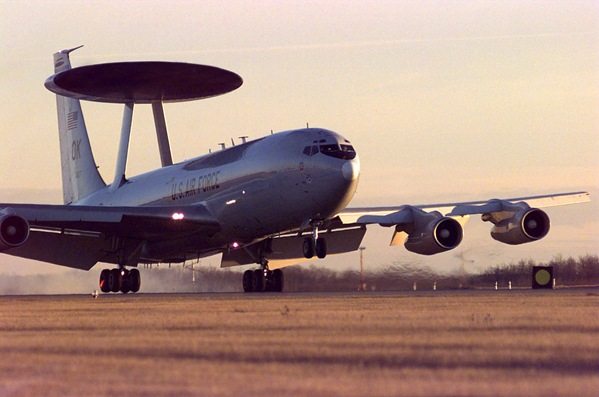The United States has enjoyed global air dominance for many decades. No U.S. soldier on the ground has been killed by hostile aircraft since the Korean War, and no U.S. pilot in the air has been killed by hostile aircraft since the Vietnam War. U.S. air dominance has been preserved by pouring vast amounts of money into technology and training, far surpassing the efforts of other nations. The scale of this funding was driven by an awareness of how crucial air dominance was to other facets of warfighting, plus the fear that a few mis-steps might result in America losing its edge in the air.
However, since the Cold War ended, modernization efforts in the Air Force and Navy — the main providers of U.S. air dominance — have lagged. Plans to replace Air Force bombers, tankers and reconnaissance aircraft were canceled or delayed, while programs to recapitalize tactical air fleets in both services were repeatedly restructured. In addition, efforts to develop next-generation intelligence, navigation, communication, missile-warning and weather satellites have fallen far behind schedule. As a result, the joint inventory of fixed-wing aircraft and orbital systems enabling air dominance has aged considerably. Unmanned aircraft are an exception to this trend, but their utility in contested airspace is unproven.
While modernization of airborne and orbital assets was lagging, the global threat environment changed. China emerged as the world’s second-largest economy, pursuing regional security objectives with increasing vigor. Rogue states of varying stripe developed weapons of mass destruction and the means to deliver them. Non-state actors with extreme agendas were empowered by the proliferation of new military tools and techniques. And the focus of global security shifted from technologies in which only a few countries could play, such as long-range ballistic missiles, to technologies in which many players could develop deep expertise.
If recent trends persist, the United States will gradually lose its claim to global air dominance. That claim is already being challenged in the Western Pacific, where a scattered and aging U.S. air fleet is faced with growing Chinese investment in new aircraft and air defenses. When China’s increasing military might is combined with its intrinsic geographical advantages in the region, the possibility arises that America may cease to be the dominant air power in what has become the industrial heartland of the new global economy. Similar outcomes could occur in other regions, because with recent advances in surface-to-air missiles, multi-spectral sensors, tactical networks and other military systems, it is no longer necessary to match every aspect of U.S. air power in order to defeat it.
With all that in mind, the Lexington Institute embarked on a year-long inquiry into the requirements for maintaining U.S. global air dominance. The inquiry focused on the four core components of air dominance: intelligence, surveillance & reconnaissance; air superiority; long-range strike; and mobility. In each area, the inquiry sought to understand the current force structure and modernization programs being funded, and then identify gaps in future capabilities that need to be addressed. It also examined alternative approaches to satisfying operational requirements, and explored how those alternatives might be implemented in varying fiscal circumstances. A series of working groups and studies were conducted in support of the final report, to be issued in Spring of 2013.
The present study is about intelligence, surveillance and reconnaissance — typically referred to among air-power practitioners as “ISR.” Timely, precise insights into enemy actions and intentions have always been valuable in warfare, but with the coming of the information revolution they have assumed overriding importance because there are now so many options for collecting, analyzing and exploiting relevant data. Air power provides a unique perspective on modern warfare, because there are some features of military activity that can only be captured from above. Airborne ISR also generates information essential to the deterrence of aggression, the enforcement of arms-control treaties, and the prevention of nuclear proliferation. In a world of rapidly changing technology and diverse threats, constant vigilance is a necessary cost of preserving the peace, and providing that vigilance is an overarching mission of the nation’s air forces.
[Download not found]











